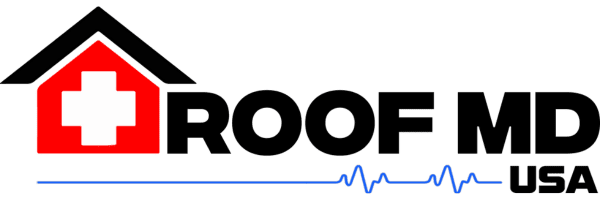A roof inspection is a crucial part of maintaining your home and ensuring its longevity. Knowing what to expect during this process can help you prepare and make informed decisions about necessary repairs or maintenance. In this FAQ, we’ll guide you through the key steps involved in a roof inspection and what you can expect at each stage.
Why is a Roof Inspection Important?
Roof inspections help identify potential problems early, prevent costly damage, and ensure the overall safety and efficiency of your home. By routinely checking for issues like leaks or damaged shingles, you can address minor problems before they escalate into larger, more expensive repairs. This not only saves you money but also extends the lifespan of your roof.
Besides safeguarding your home’s structure, roof inspections play a vital role when it comes to resale value. A well-maintained roof is a strong selling point, instilling confidence in potential buyers about the condition of the property. For homeowners, this means potentially higher market value and a smoother sales process.
Preparing for Your Roof Inspection
Before the inspection, clear away any obstacles and ensure that your attic and roof areas are accessible to the inspector. This might include trimming back overhanging branches or relocating items stored near attic entry points. Ensuring that your inspector has easy access will facilitate a thorough review and contribute to a more accurate assessment.
Make a list of any concerns or previous issues with your roof that you want to discuss during the inspection. If you’ve experienced leaks or noticed unusual wear, mentioning these details can help guide the inspector to potential problem areas. Preparing questions in advance can also help clarify any doubts or uncertainties you may have about the inspection process.
What Does the Inspector Look For?
During the inspection, the professional will examine shingles, flashing, gutters, and other roofing components for signs of damage or wear. This includes checking for blistered or curled shingles, examining the integrity of the flashing around vents and chimneys, and ensuring gutters are free from debris. Any underlying issues, such as moisture damage or wood rot, will also be evaluated.
The inspector may also conduct an interior assessment, looking for signs of water damage on ceilings and walls, as well as checking for mold or mildew. This comprehensive approach helps identify less obvious issues that can nonetheless affect your roof’s functionality and overall home integrity. After all, a thorough inspection covers all bases, from the exterior elements to the less visible interior signs.
Understanding the Inspection Report
Post-inspection, you’ll receive a report detailing the condition of your roof, any issues found, and recommended actions. This document provides a clear summary of the inspection findings, highlighting urgent repairs and areas to monitor over time. Understanding this report is crucial, as it directs the next steps in your roof maintenance.
The inspection report will typically categorize issues based on urgency, from immediate repairs to more long-term maintenance suggestions. Don’t hesitate to ask your inspector questions to better understand these recommendations and what they imply for your home’s upkeep. Evaluating this information helps you prioritize repairs and make informed decisions regarding your property’s roofing needs.
Next Steps After Your Roof Inspection
Based on the report findings, plan any necessary repairs or maintenance to keep your roof in top condition. It’s important to act on urgent recommendations quickly to prevent further damage. Engage with Roof MD USA’s roof replacement services if substantial repairs are necessary, ensuring your home remains safe and protected.
For less pressing issues, schedule follow-up maintenance as required and monitor identified areas for any changes. Regular roof inspections should be part of your home’s routine maintenance, ensuring small issues are resolved before they compound. Consider scheduling periodic inspections with professionals to maintain your home’s structural health and overall value.
Final Thoughts on Roof Inspections
Understanding the roof inspection process can significantly enhance your ability to maintain your home and prevent costly future repairs. By being well-informed, you can proactively address any issues that arise and ensure your roofing services are performing effectively. Regular inspections and maintenance are key to extending the lifespan of your roof. For personalized advice and a free roof inspection, consider contacting Roof MD USA for an expert assessment.

